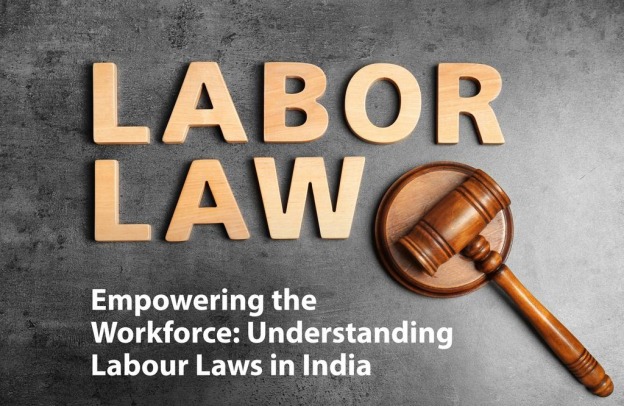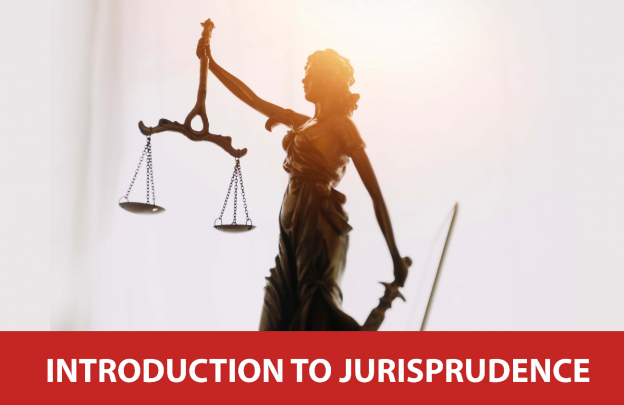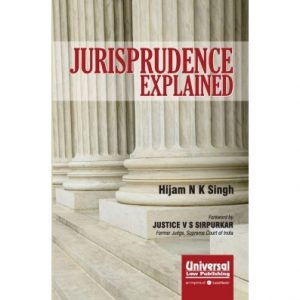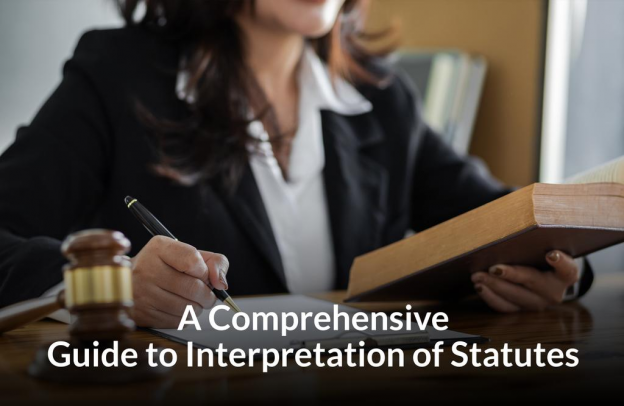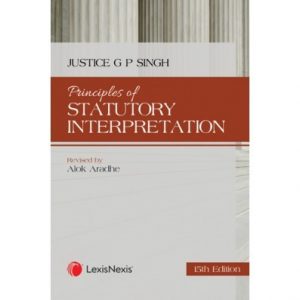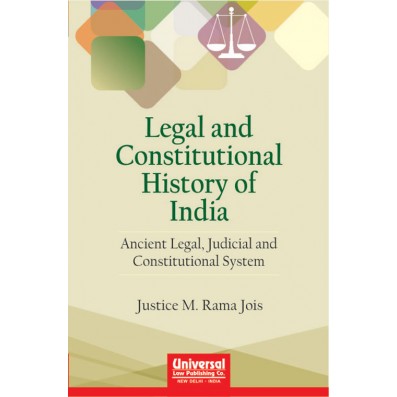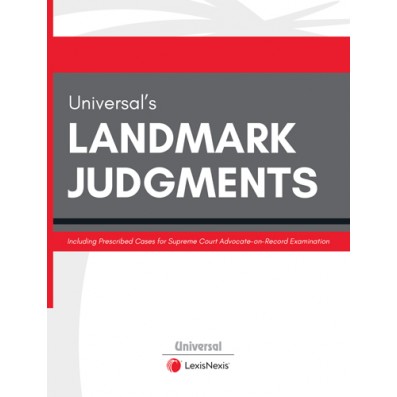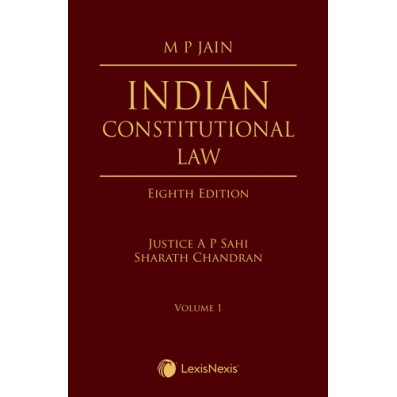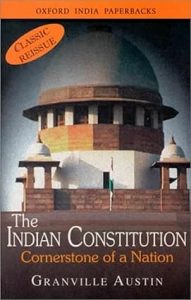Labour Law is the branch of law that deals with a certain relationship between a worker, the unions, and the government. The labour laws in India play a crucial role in safeguarding the rights of labour, their demands, their union, and their wages, and it also builds a connection between the government and the workers. The code protects the labourers while making them aware of what they should follow and how they should exercise their rights.
The aim of labour legislation is to maintain a cordial and peaceful relationship between labour organizations and the public in general. This would help all the departments to maintain harmony and would improve the working environment. The code mostly deals with concerns like labour relations, safety and security, proper working environment, trade unions, strikes, and so on.
Workers and their safety should always remain a top priority. We often neglect them and their requirements, whereas it is because of them that most of the beautiful and visionary imaginations come into reality. Thus, the labour laws in India should be cooperative towards their demands and their rights.
To understand labor laws and assess whether they empower workers and strengthen their rights, we have to dive deeper into the code and understand it in a better manner. Additionally, we have recommended related books on labour and service laws in this blog to help you enhance your understanding further.
CONCEPT AND EMERGENCE OF LABOUR LAWS IN INDIA
The origin of Labour Law in India has a rich and interesting history. Long back, when the famous Industrial Revolution took place, it changed the face of development entirely. People shifted from rural culture to industrial culture in no time. However, the changes that were witnessed due to the Industrial Revolution brought some gaps with it that had to be dealt with. To fill these gaps, people at that time took the help of some crucial steps that were none other than the labour laws. Labour law was the direct consequence of the Industrial Revolution that took place.
The rich and classy industrial society took advantage of poor and helpless workers at that point in time to fill their pockets. The law at that point in time was made in such a manner that it always benefitted the rich and the poor had to suffer. There was a master and servant approach between an employer and a worker. This resulted in unfairness and harassment.
That’s why the scope of labour laws changed with time. Earlier labour laws were used to protect the interest of the employer. However, things changed when contemporary labour laws came into action. These laws safeguarded employees from all exploitations. Thus, the old laws that had a hire and fire theory, that misused employees were no longer valid.
Related Books
“Introduction to Labour and Industrial Laws I” by Avtar Singh & Prof (Dr) Harpreet Kaur

“Commentary on the Employee’s Compensation Act with Schedules and Rules” by Aiyar and Aiyar
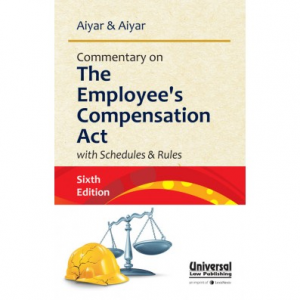
EVOLUTION OF LABOUR LAW IN INDIA
The history of labour law in India is 125 years old that began with the Apprentice Act of 1850, the act allowed orphans to find work for themselves when they reach the age of 18. Our Indian Constitution is the foundation of all other Indian laws, and according to our Constitution labour law falls under the concurrent list which means that both Central Government and State Government can pass labour laws but with a condition that State legislature cannot pass laws that conflict with the Central laws.
The British Empire had realized the importance of treating their employees properly and so they used to ensure that the British employers were happy and satisfied. They used to ascertain the fact that their employers had a positive approach towards the labour and industrial laws that they had created.
Thus, the growth of labour law took place because of the constant demand as well as the desire by the workers who wanted better wages and a working environment. When the regulations of the British period were in their early stage, a law namely the Factories Act was introduced. Since the British Empire knew that Indian Textile was a significant threat to British Textile, they deliberately passed the Factories Act in 1883 to make Indian labour costlier. And that’s how India got its first eight-hour workday, got its first abolition of child labour, women were restricted from working at night, and people were paid extra wages for the overwork that they did.
This became the first Indian law that dealt with how employers and their workers should function. The name of the statute became the Trade Dispute Act of 1929. The act had few rules that restricted people from going on strikes. However, it had no effective ways to solve the issue.
The Indian Government demanded a direct conversation between labour and capital and certain changes were implemented during this period. In 1947, it was decided that there should be a tripartite conference that would benefit all the parties. And like it was thought of, the agreement did bring many positive revolutions. It was decided that the labourers would get a decent salary with proper working conditions. The aim was to ensure continuous improvement and productivity. Thus, all the parties agreed to these regulations.
PRINCIPLE OF LABOUR LAWS IN INDIA
In a society where humanity is something that has always been prioritized, it is very essential to treat the labourers or the working people with the rights that have been established by the fundamentals of labour law. With the change in time, working conditions, and rules, the current code that has been laid down by the Indian Constitution is progressive. It provides benefits like health insurance, proper working hours, an old-age pension, maternity leave, bonus payments, gratuity payments, and so on.
There are several labour law principles that we shall go through now to understand the principle in a better way:-
(i) Principle of Social Justice
The basic fundamental rule of this principle is that everyone should get social justice irrespective of their caste, color, or circumstances and they should be treated equally. The principle aims to put an end to the social inequalities that exist in our society. Some groups of people face enormous social disadvantages and harassment when it comes to employment. That’s the reason why the principle of social justice came into the picture, as it seeks to upgrade the social status of every worker and provide them with satisfying employment opportunities.
(ii) Principle of Social Equity
The main fundamental of this principle is to maintain labour-friendly social equity laws, as the circumstances change with time and things get complicated. The need to upgrade the laws so that they can align with the circumstances is something that is crucial. Thus, the government takes some drastic decisions according to the requirements to adjust to the evolving scenarios. The main goal is to maintain fair standards for every working people through social equity.
(iii) Principle of Social Security
A person’s safety and security in the place of employment and in society are referred to be social security. The goal of this principle is to provide a satisfying lifestyle to all working people while ensuring their both basic as well as unexpected life scenarios. The workers should feel that they are always being safeguarded which would inspire them more to work.
(iv) Principle of the National Economy
This principle states that the nation’s overall economy should be taken into consideration while implementing labour laws as the condition of the national economy has a direct impact on the labour laws.
Purpose of Labour Laws
As the world is changing and the ways of working are getting more advanced, it is essential that labour laws are updated to align with today’s economic as well as social challenges. We should not forget the reason for which the laws are created. So, let us know the purpose of the labour laws in India:-
- The code creates a legal arena that makes it convenient for people to crack jobs easily.
- Employers and employees can have an open discussion related to work and the issues that they are facing. This creates a healthy environment for the employees and the work space grows.
- The code sets certain boundaries due to which people can know what they should do and what they shouldn’t do. It also mentions the rights and responsibilities should be practiced.
Factors affecting Labour Laws in India
Various factors have a remarkable impact on how labour laws are drafted and implemented in India. Some of the factors or characteristics are:-
(i) Codes from Colonial Rule
Most of the early labour laws came from the British Empire which benefited the Indian labour but their primary goal was to improve the lifestyle of the British people. Codes like the Workmen’s Compensation Act of 1923, the Payment of Wages Act, of 1936, the Indian Trade Unions Act, of 1926, and many other acts came from colonial rule and are being followed according to the British Model.
(ii) The fight for National Freedom and the Creation of the Indian Constitution
The labourers and the working people who were being harassed by the British Empire were supported by our freedom fighters and national leaders. It is because of their sweat and blood that our India could get the rights that it deserved. The Indian Trade Unions Act, of 1926, The Factories Act, of 1948, the Minimum Wages Act, of 1948, the Royal Commission of Labour, and many other laws were a result of the freedom struggle. Our Constitution, our Preamble, Fundamental Rights, and Directive Principles of State Policy, are the dreams that our Nation got to live because of our National Leaders. They aimed to make our country free from all injustice and provide a better living opportunity which they succeeded.
(iii) Constitutional Provisions that Impacted Labour Laws in India for Good
Our Constitution is the supreme law and the Central Government along with the Supreme Court of India took all the necessary steps to make it suitable for all people, especially the labourers through labour-friendly laws. Some of the Constitutional Provisions that play a huge role in safeguarding the interest of the labourers are :
- Directive Principle of state policy that helped to maintain the socio economic situation of the people.
- Article 39 of the Constitution tells that the health and strength of the workers shouldn’t be overused, irrespective of whether they are men, women, or children.
- Articles 42 and 43 of the Indian Constitution talks about the State providing maternity leave and proper working conditions and living wage according to Article 43.
- Fundamental Rights like Article 14, Article 16, Article 19, Article 21, and many more such articles talk about the rights and interests of the labourers and how they should be protected.
What are the Labour Laws in India?
Several labour laws in India safeguard the rights and interests of the labourers. Let’s understand them briefly.
(i) Laws related to Industrial Relations
Under laws related to Industrial Relations comes the Trade Union’s Act of 1926 which guarantees freedom of association and immunes union leaders with their legal rights while participating in union activities. Then comes the Industrial Employment Act of 1946 that has aim to regulate the process of recruitment, termination, holidays, and other benefits for workers fairly and more smoothly. After this comes the Industrial Dispute Act of 1947 which has a primary aim to reduce conflicts between the labourers and the management while providing them with a convenient and satisfactory assurance of economic and social justice.
Recommended Books:

Industrial Employment (Standing Orders) Act, 1946

(ii) Laws related to wages in India
Under the laws related to wages in India comes the Payment of Wages Act of 1936 which has the main objective to remove all the illegal activities that take place during wage payments while ensuring that they are paid on time with absolute ease. After this comes the Minimum Wages Act of 1948 which aims to protect the rights of workers by maintaining a minimum wage in certain circumstances. The act mainly aims to safeguard the interest of workers in the unorganized sector. Next is the Payment of Bonus Act of 1965 which is made to cover the gap between the real wages and the wage that is required for an ideal living.
The Equal Remuneration Act of 1976 was an important act that got passed so that both men and women can be paid equally. The Act strictly prohibits any kind of discrimination against women during their time off work. It also states that men and women should receive equal pay without any manipulation.
Recommended Books:
The Payment of Wages Act, 1936




(iii) Laws relating to work hours, working conditions, and employment in India.
Under this code comes the Factories Act of 1948 which aims to provide good working conditions for the labourers. The primary purpose of the Act is to maintain satisfactory working conditions in the industry, to take adequate steps for the welfare of the employees, to ensure their safety and security, to maintain fair working hours, and to provide proper working pieces of equipment. The Act also aims to safeguard employees from hazardous accidents.
After this, comes the Mines Act of 1952, the act aims to keep a check on the health, safety, and welfare of the people who work in mines. Places like oil wells, borings, shafts, industries, planes, railways, power stations, and many more places as such come under this arena. The primary objective of this act is to safeguard the employees from hazardous events.
Recommended Books:


(iv) Laws relating to Social Security in India
Under the laws relating to social security in India comes the Workmen’s Compensation Act of 1923, this act applies to workers in sewage, railway, factory, dock, buildings, and so on. The Act makes sure to provide compensation for losses that occurs due to any accidents or diseases during employment. The compensation is based on the gravity of the injury or illness. Next is the Employees’ State Insurance Act of 1948 which provides certain benefits to employees in the organized sector if situations like maternity, sickness, and so on arise.
After this comes the Employees’ Provident Fund and Miscellaneous Provisions Act of 1952 along with the Employees State Insurance Act which are some of the important security legislation in India. The act aims to provide social security and financial help to industrial workers who are in actual need. Then comes the Maternity Benefit Act of 1961 which guarantees safe and sound working conditions along with maternity leave. This act was established to ensure a fair and just approach towards women and their security. The primary object of the act was to provide adequate maternity benefits and other benefits relating to maternity.
CONCLUSION
Labour Law was introduced to help the workers from their daily struggles so that they have a peaceful life and can fairly lead life. Since labourers have been facing discrimination and injustice for years, it was necessary to create a dynamic and unique code that would protect these people from miseries. Even though it took decades, labour law in India was introduced and this was a revolutionary step toward making the life of workers easier. Although we have reached a good position today, yet there’s more journey to be covered and certain brave steps would pave the path in a better manner. If we make the lifestyle of the workers smoother then the future of India’s economic, social, and industrial arena would reach the top in no time.
FREQUENTLY ASKED QUESTIONS (FAQs)
1. What is the minimum wage in India?
India per se doesn’t have a national minimum wage so the wages maybe set by state or the particular sector hence vary accordingly based on the Minimum Wages Act, 1948.
2. What is the new labour law in India 2023?
According to the new code, allowances cannot be greater than 50%. Extra compensation is now included in wages. The following are other important changes for employers:
Salary: The wage given to a worker should be fair and shouldn’t have an impact on their standard of living. The HRA and any other benefits to which the employee is entitled should be included by the employer as well.
EPF – To increase the total amount deducted from the employee’s salary, the EPF code will be modified. Increased % EPF deductions from employee salaries have been recommended by the government. While the employee contributes 8.33% of the wage, the employer will contribute 12% of the compensation to the EPF.
New Code on Industrial Relations – The proposed new code on industrial relations would replace all currently enacted legislation governing industrial relations.
3. What is the Article 14 of the labour law?
Article 14 of the labour law is Equal treatment under the law, which is defined as “Equal pay for equal work” in labour legislation. The implication is not that article 14 is unalterable. There are a few exceptions to the labour rules in it, such as physical ability and the need that skilled and unskilled labourers shall be paid meritoriously.
4. Which labour is banned by Indian law?
Child Labour is banned by Indian law.
5. What is the first labour law in India?
Factories Act, 1883 was incorporated during the British Raj to fix certain conditions of working hours.
6. What is the notice period for labour law?
According to the legislation, if an employee needs to be terminated from a position, a notice period of between 30 to 90 days must be provided.
7. What is the new wages law in India?
There have been several modifications in the labour laws. The revised salary code that takes into account this alteration intends to directly factor 50% of the employee’s wages into their pay.

